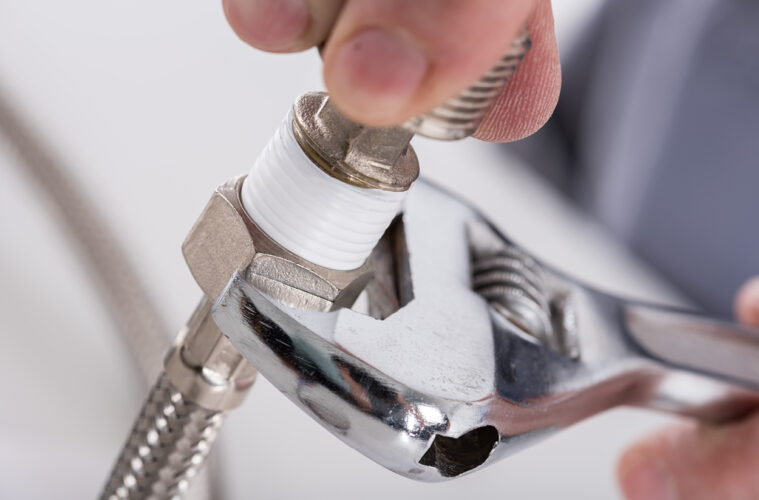A pressure relief valve in a tankless water heater is a safety feature. It’s a requirement for a tankless water heater to function effectively and efficiently.
Tank–type water heaters have the temperature and pressure relief valve combo. Typically, a tankless water heater pressure relief valve ensures pressure stability to prevent damage and injury.
You could think of it as an emergency relief designed to allow pressure and temperature to escape once they reach a certain point. The mechanism behind its functionality is for it to open when water pressure increases.
So does a tankless water heater need a pressure relief valve? If you have a tankless water heater without a pressure relief valve, your system must have other built-in mechanisms to regulate pressure. It is standard with electric tankless water heaters.
You find that factors such as pressure remain constant in such a system no matter how much hot water goes through it. You can look into installing a tankless water heater pressure relief valve if you think that your heating system needs it.
If you would like to learn more about the common causes of water heater pressure valve leaks, feel free to visit this site.
Importance of a Pressure Relief Valve in a Tankless Water Heater
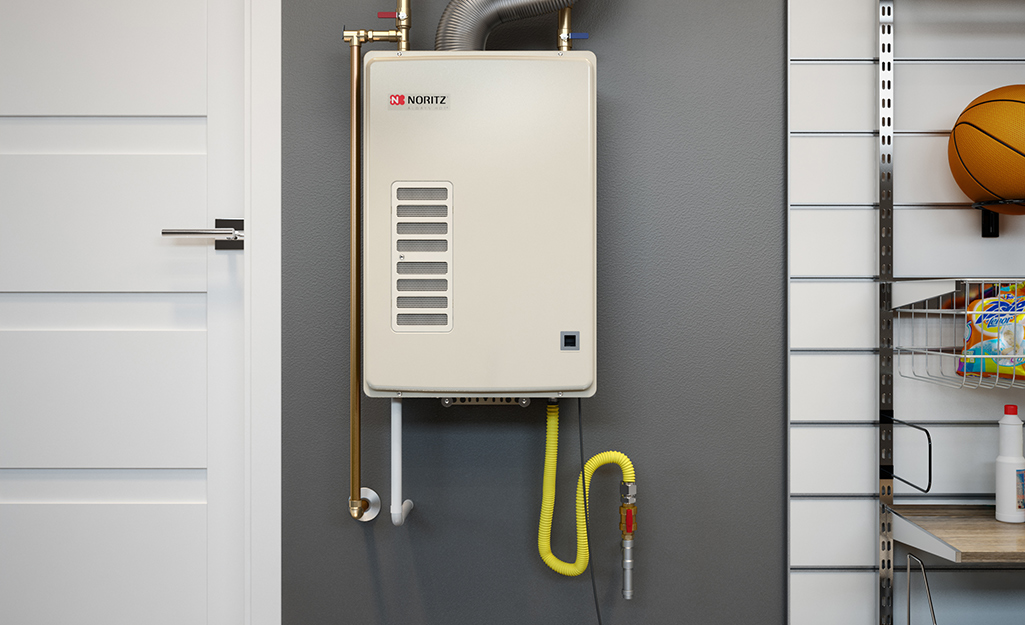
source: pinterest.com
A pressure relief valve in a tankless water heater is essential in protecting you and your property. You have a safer environment when your water heater has a pressure relief valve.
It opens as the pressure inside the pipes continues to build up. The pipes might lack sufficient reinforcement to withstand a lot of pressure. The result of built-up pressure is that the pipes might end up bursting.
Once the pipes bust, they could flood, and you will have to start planning a budget to manage the water damage in your house. In such a scenario, you would be lucky if your electric water heater comes with an automatic water shut-off mechanism.
Something like corrosion and rust build-up could compromise the functionality of the pressure relief valve. Corrosion could cause the valve to stick or freeze in place. A stuck pressure relief valve can go unnoticed unless you are keen on regular inspections.
A leak could also lead to a myriad of problems, such as facilitating the growth of mold and mildew.
Installing a Tankless Water Heater Pressure Relief Valve
Help might not be available when you need a professional to install a pressure relief valve for your electric tankless water heater. You could try to do it yourself, and this article will give you an idea of how to do it. Securing the pressure valve is straightforward if you already have the heater installed.
Step 1
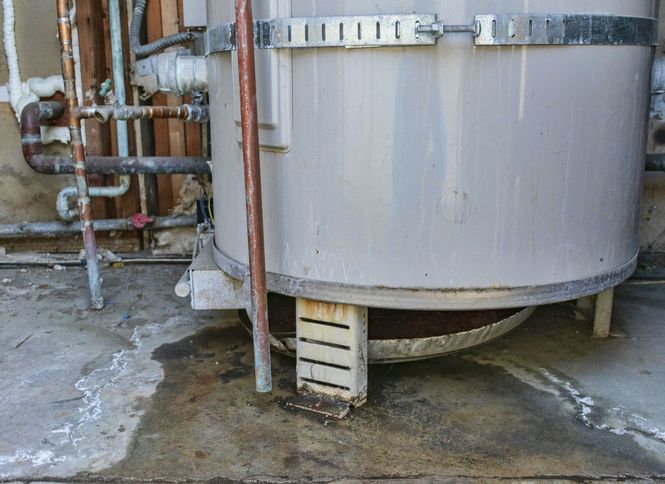
source: waypointinspection.com
The installation’s first part requires vinyl plumbers tape—wrap two thick layers of high-quality tape around the valves’ threads. When wrapping, ensure you follow the thread’s direction when screwing into the correct port. You increase the chances of having a cleaner finish once you do it that way.
Step 2
Reach into the bottom edge of the tankless heater and screw the valve into its port. Use a quality wrench that fits into the flat part of the valve to tighten the valve clockwise.
You can stop tightening it when you feel you have a reasonable tightness. Leave the pressure release lever facing towards the edge of the tank.
Step 3
Again wrap the tape around ¾ -inch thread to the PVC connector. Proceed to screw the end clockwise in the port at the bottom side of the valve. Finish this step by tightening the connector using an adjustable pair of pliers.
Step 4
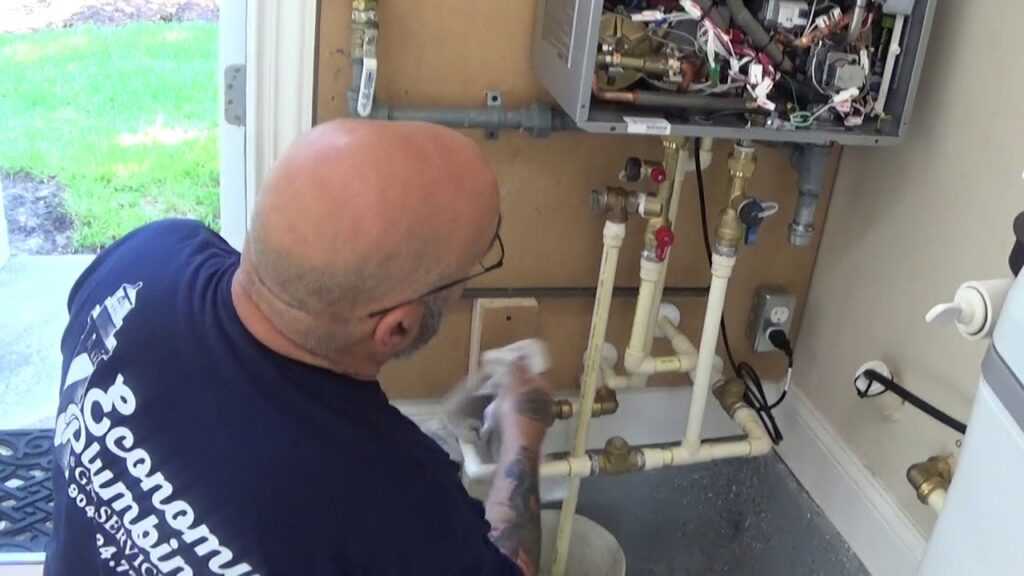
source: pinterest.com
Get the distance from the bottom portion of the connector to the ground or floor and remove four inches for clearance. The clearance is for a device called an overflow pan, and is usually located at the bottom part of the discharge line.
Step 5
Use a hacksaw or PVC cutters to cut off ¾ inch of the pipe. Get rid of burrs at the end of a file.
Step 6
Insert one end of the discharge line into the pressure relief valve. An opening at the slip or an unthreaded end of the connector allows you to do this. Finally, twist the pipe while pushing it into the connector. Only stop after tightly fitting the pipe into place.
How to Test a Water Heater Pressure Relief Valve After Installation
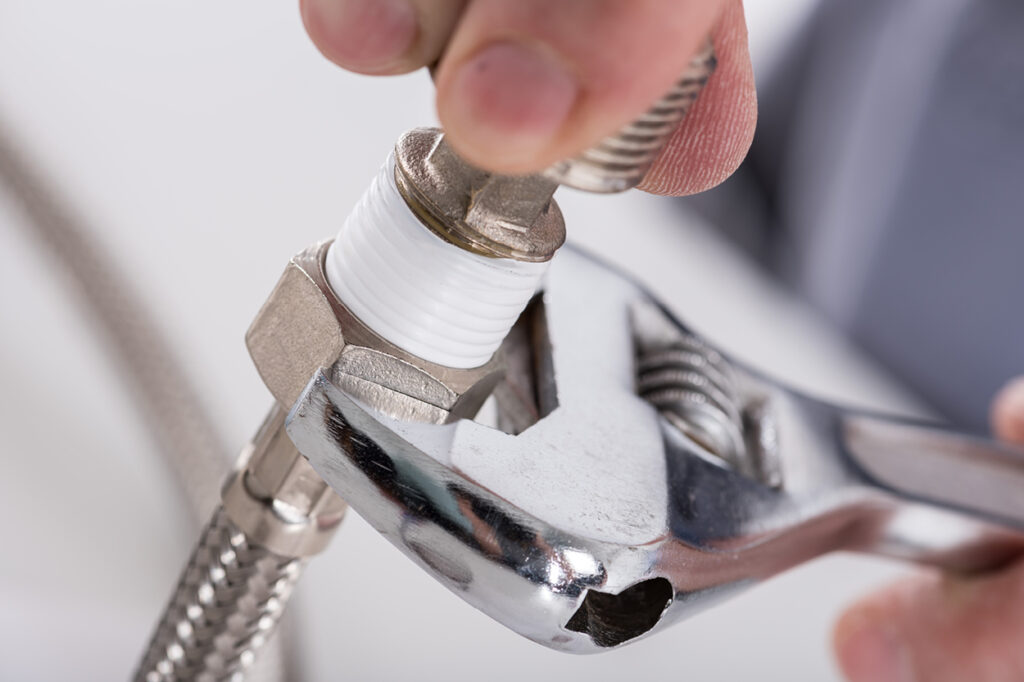
source: landmarkhw.com
After installing a pressure relief valve, a little inspection is vital to ensure it functions as intended. Start by raising the lower test lever a few times so that the brass stem it’s attached to the lifts. You will feel hot water rushing out on the end of the drainpipe.
You can take it as an indication that it is running correctly. Otherwise, there won’t be any water flowing through the pipe. Instead, you will only notice a trickle, meaning you should replace that valve.
Don’t get alarmed if you notice a leak results in the first test. It indicates that debris in the valve keeps the valve from working. You will have to operate it several times to free that debris.
After testing, check that the pipe leaving the valve remains unaffected by heat; its diameter should be the same as that of the exhaust port. It should be copper or at least heat resistant.
Also, ensure that the drainpipe travels downhill from the valve. A drainpipe moving uphill and downhill traps water at the valve outlet leading to corrosion. Leave the drainpipe well configured to avoid issues like an explosion.
Does an Electric Tankless Water Heater Need a Pressure Relief Valve? — Final Words
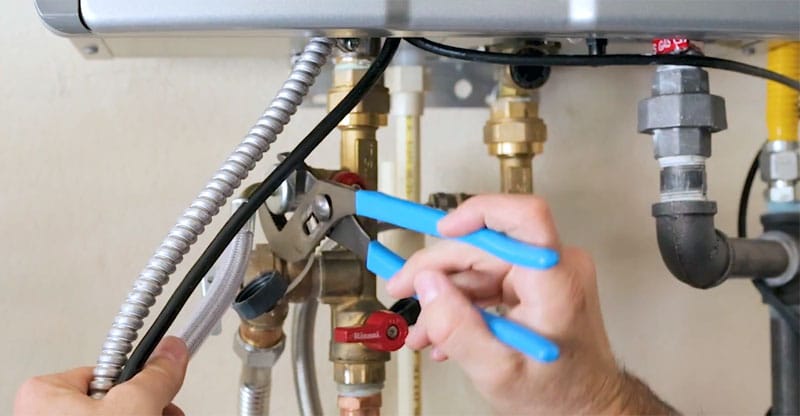
source: waterheaterhub.com
A pressure relief valve is necessary for a water heater, whether it has a tank or not. It would be in your best interest to ensure that your electric water heater has a pressure relief valve or stalest, a feature that helps regulate the pressure inside the system.
Ensure you understand the steps to correctly install a tankless water heater pressure relief valve for it to work as intended. You can enlist a professional to help if you feel you are not up to installing it.

